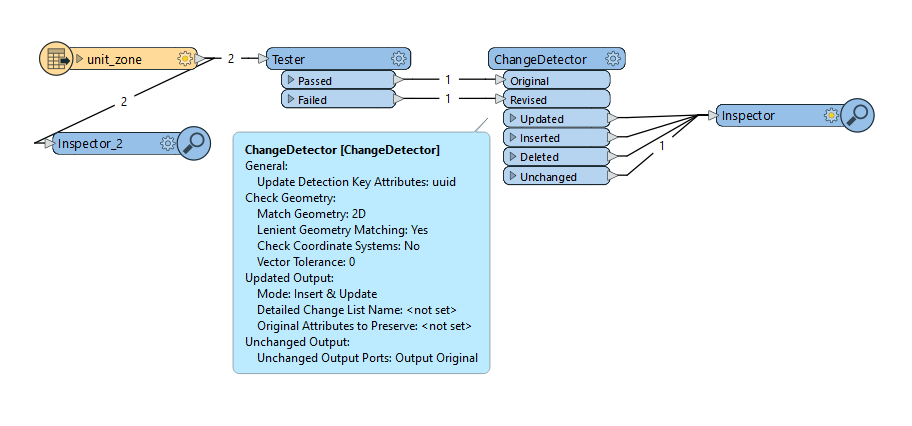One feature has 40 vertices and the other 41, but ChangeDetector using “Lenient Geometry Matching” option says they are the same. It's right?

One feature has 40 vertices and the other 41, but ChangeDetector using “Lenient Geometry Matching” option says they are the same. It's right?

Best answer by jorge_rosales
As I understand it, the Lenient option states that two polygons are equal if Within(A, B) and Within(B, A). That is, A and B occupy the same space. However, I think that an option is missing that, in addition to checking that they occupy the same space, also checks that they have the same number of vertices even if their order may be different. My problem has arisen when doing topological quality control of a land cover. The additional collinear vertex is necessary because a neighboring polygon has been aplited into two. The incorporation of this (collinear) vertex in the polygon makes it a new version of the polygon that I need to detect. In any case, I think that the documentation for the Lenient option should explain a little better how it works.
I have suggested and idea to improve the Lenient Geometry Matching behavior and support my use case.
Enter your E-mail address. We'll send you an e-mail with instructions to reset your password.